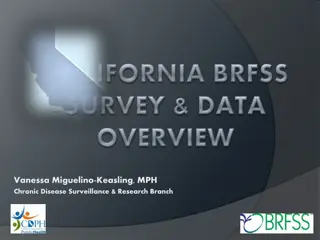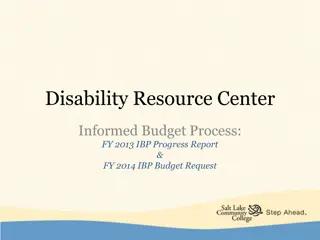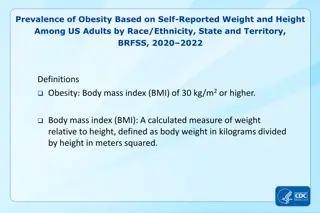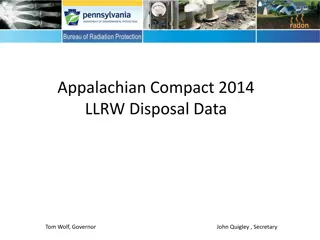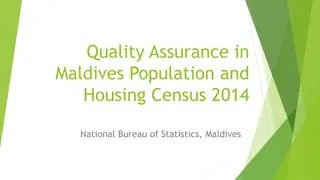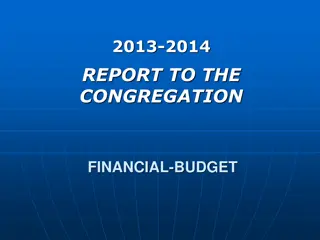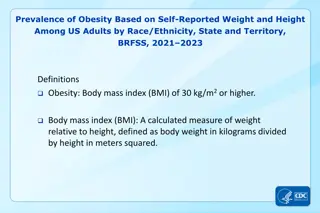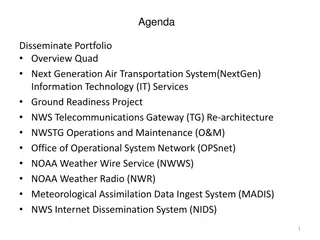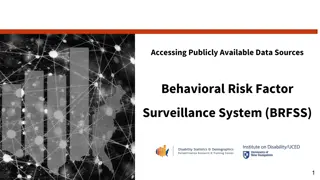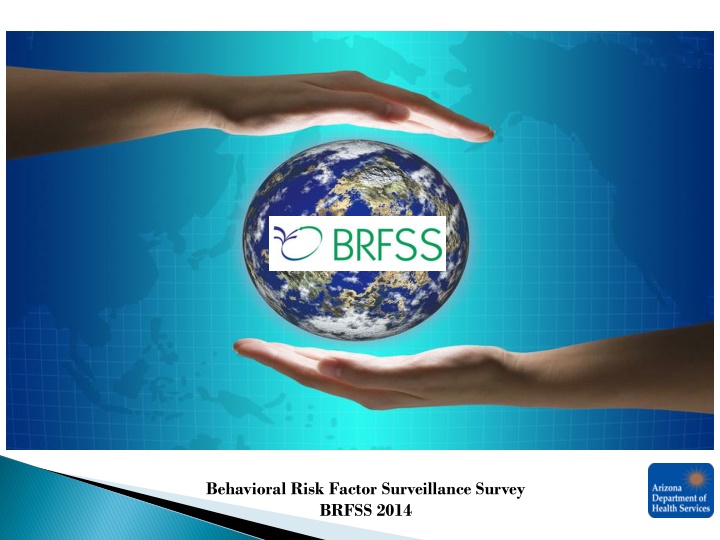
Behavioral Risk Factor Surveillance Survey 2014 Evolution and Trends
Explore the transformation and trends in the Behavioral Risk Factor Surveillance Survey (BRFSS) 2014, including updates, recommendations, core questions, optional modules, and state-added questions. Gain insights into identifying disparities, monitoring health goals, and assessing chronic disease risks.
Download Presentation

Please find below an Image/Link to download the presentation.
The content on the website is provided AS IS for your information and personal use only. It may not be sold, licensed, or shared on other websites without obtaining consent from the author. If you encounter any issues during the download, it is possible that the publisher has removed the file from their server.
You are allowed to download the files provided on this website for personal or commercial use, subject to the condition that they are used lawfully. All files are the property of their respective owners.
The content on the website is provided AS IS for your information and personal use only. It may not be sold, licensed, or shared on other websites without obtaining consent from the author.
E N D
Presentation Transcript
Behavioral Risk Factor Surveillance Survey BRFSS 2014
Bureau of Public Health staff update The annual AZ BRFSS report is undergoing some evolutionary changes A new question will be asked from 2014 forward
Recommendations and Guidelines Identify Disparities / Anomalies Track Emerging State and National trends Progress toward Healthy People 2020 goals Improve Program Evaluation Refine Program Planning Assessing/Monitoring Chronic Disease Risks
BRFSS BRFSS 2013 2013 Original size Original sample size sample New targeted sample size New targeted sample size Landlines 4236 2350 Cell Phones 1416 835
Strata 1 = 500 Strata 2 = 450 Strata 3 = 450 Strata 4 = 450 Strata 5 = 500 2
Behavioral Risk Factor Surveillance Survey BRFSS 2014 Core Questions Core Questions Optional Modules Optional Modules State State - - Added Questions Added Questions JUSTIFICATIONS JUSTIFICATIONS
Core Questions 100 90 80 Number of Questions Asked 70 101 83 60 108 87 113 98 92 50 40 30 20 10 2008 2009 2010 2011 YEARS 2012 2013 2014 0
Optional Module Question 70 60 50 Number of Questions Asked 40 30 29 20 27 33 46 48 59 61 10 0 2008 2009 2010 2011 2012 2013 2014
State-Added Questions 60 50 Number of Questions Asked 40 30 20 59 17 23 23 40 45 50 10 0 2008 2009 2010 2011 2012 2013 2014
Distribution of Questions Core Optional State-Added 100% 90% 80% 70% 60% 50% 40% 30% 20% 10% 0% 2008 2009 2010 2011 2012 2013 2014
2013 Question Distribution Current 2014 Question Distribution State- Added 17 State- Added 59 Core 92 Optional 61 Core 101 Optional 29
JUSTIFICATIONS FOR STATE-ADDED AND OPTIONAL MODULE QUESTIONS The BRFSS questionnaire goes through rigorous validation and testing before its use. Federal agencies submit proposals to the Division of Behavioral Surveillance (DBS) of CDC with a clear rationale for including questions in the core or optional modules.
From this point forward, the Arizona BRFSS will ask for the Respondents nearest major cross-streets. This data will be securely housed by the Bureau of Public Health Statistics The information gathered from this question will not be publicly available E.g., this question and the STATEQUE variable will be redacted from the data made available to the public on the AZ BRFSS Website
By adding this question, the AZ BRFSS data will be geocoded Data can then be assigned to the appropriate CHAA, PCA, or other small area The current data is not designed to assign an observation to its appropriate sub-county Stakeholders are increasingly asking for sub- county information
The CDC has been exploring Small Area Estimation (SAE) techniques A request was sent to the State Coordinators seeking input on SAE methodology and techniques SAE techniques were applied to the AZ BRFSS data The data structure did not allow for appropriate aggregation to CHAA level The smallest level is Zip-Code, which is too restrictive
The AZ BRFSS will continue to provide County-level information. However, to better serve our stakeholders and the State of Arizona, new methodologies will be explored and assessed for validity. Some of the techniques explored thus far: Methods-SAE.docx Direct Estimation Direct Estimation Synthetic Estimation Synthetic Estimation Spatial Smoothing Multilevel Regression
State-added and Optional Module costs will be $5,100 per question for 2015. CDC is planning to increase the ratio of cell phone interviews from 30% to nearly 50% over the next 5 years Therefore, the cost per question will likely increase to $7,000+ in 2016
Applicants received copies of the applications from each of the stakeholders and programs Only applicants who are present are allowed to vote Everyone who is not a qualified applicant will be asked to leave at the end of the meeting Q/A session Vote on all modules recommended by CDC first Next, the State-Added- asking that you vote on the lesser number of questions first Then the State-Added you will vote on the greatest number of questions to be asked
Judy Bass Phone # 602 542-1125 E-mail - Bassj@azdhs.gov Website: http://azdhs.gov/phs/phstats/brfs/index.htm

